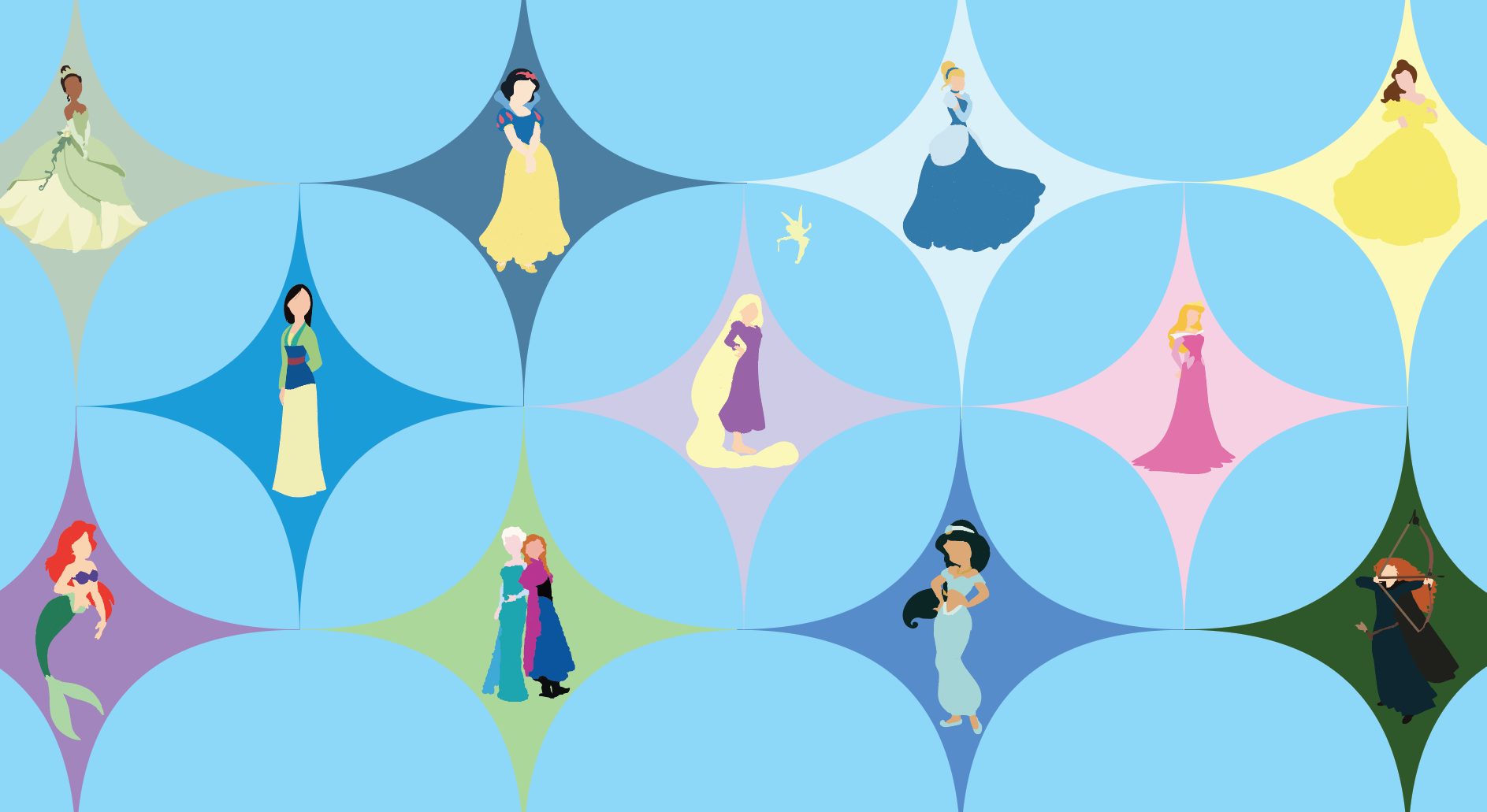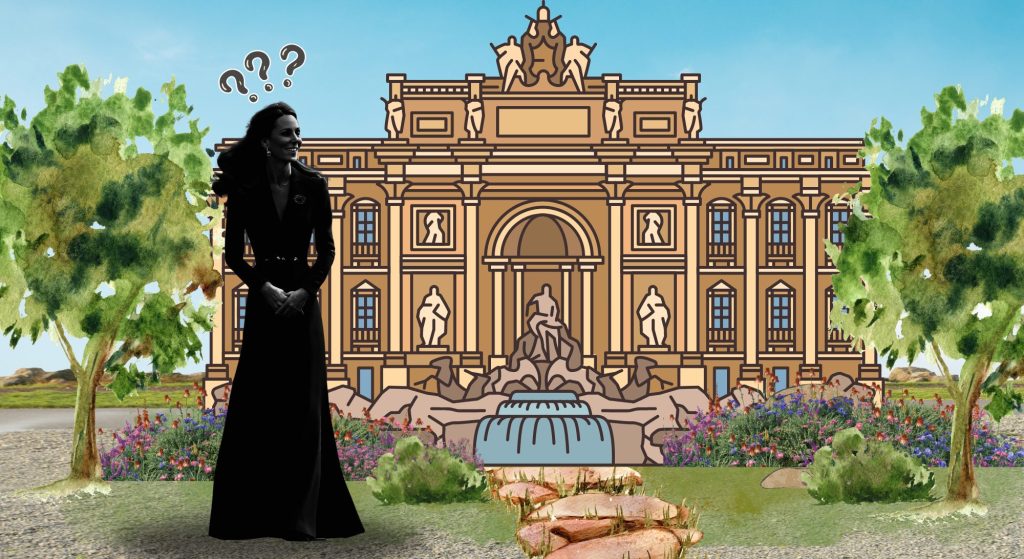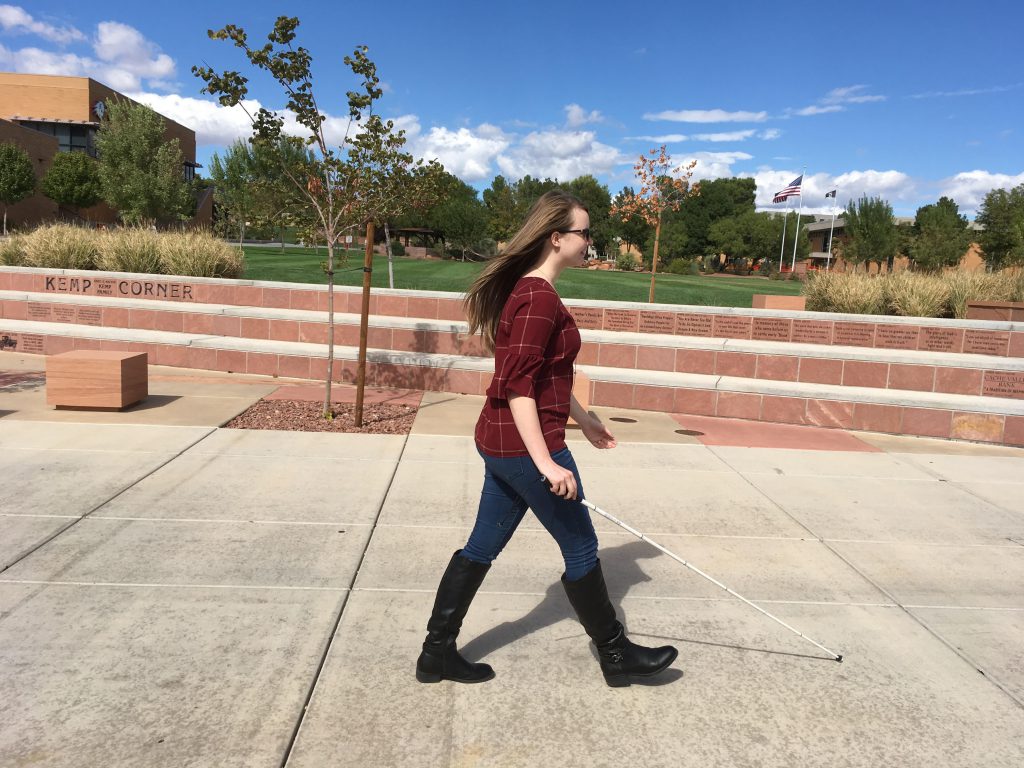When the live-action “Little Mermaid” was announced, Disney fans were ecstatic; when Halle Bailey was announced to fill the role of Ariel, people were less than pleased.
Halle Bailey experienced incredulous hate when this was announced, but the problem wasn’t with her; the problem was with Disney’s use of race-swapping to attempt diversity and inclusivity.
Something similar happened when Rachel Zegler was announced as Disney’s live-action Snow White, with critics arguing the entire point of the princess was to be white.
The hate Zeglar received during this time needs to be studied because she went through so much hate that at one point she had her Instagram comments turned off. When “The Hunger Games: The Ballad of Songbirds & Snakes” came out, people instantly started loving her again—at least until the love of that movie died down.
When pictures like this started surfacing, hate for the movie reached an all-time high, with people claiming the remake was a joke.
The hatred these actresses faced was appalling because the hate should have never been directed toward them for doing their job, instead, it should have been solely directed toward Disney for barely attempting to be inclusive.
Race-swapping is referred to as the swapping of one race for another in movies and TV shows. This is seen in book adaptations, Disney movies and more. What makes this problematic is when it’s used as a capitalistic way to make more money without actually having to be diverse.
These remakes allow Disney to make more money off “new” movies, reminding older fans of the nostalgia of the original movies. This is problematic, however, because it does not create any new representation of people of color.
Instead, they cast the new actresses to fill the roles of traditionally racist cartoon movies to create barely a semblance of inclusion. Because why create new representations of people of color with new princesses when you can just undo racist history and race-swap the white princesses?
The issue here does not lie in the race of the princesses, it lies in the lack of originality. Instead of making new movies with diverse characters, they are race-swapping classic princesses and doing it poorly, might I add.
Ironically, this inclusivity is seen with the CGI seven dwarves, where instead of hiring actual actors, they created fake ones.
Peter Dinklage slammed Disney when it was announced they would not be hiring actors to fill the role of the seven dwarves. Dinklage called the remake, “f—ing backwards.”
In an interview, Dinklage said: “You’re progressive in one way and you’re still making that f—ing backwards story about seven dwarfs living in a cave together, what the f— are you doing man?”
Here, his frustrations with Disney for picking and choosing where they decided to be inclusive and diverse are completely justified, and I completely agree with Dinklage here. If the whole point of remaking the movie was to be more progressive, where the princess saves herself—but doesn’t?—why would they swap the race of the main character and not include real humans as the dwarves?
In these cases, my hate toward the movies is based on the lack of originality and Disney’s money-grabbing schemes, where they create horrible content without even trying. Hate toward the race of the princesses and race-swapping, however, brushes against a very fine line between justified hate and racism. The line here, brushes against capitalistic gains.
It is impossible to ignore Disney’s racist history. People of color deserve to have their own princesses, not just remakes of racist cartoons. Because the reality is, these cartoons are incredibly racist, and if this is their way of undoing that history, then they’re failing miserably.





